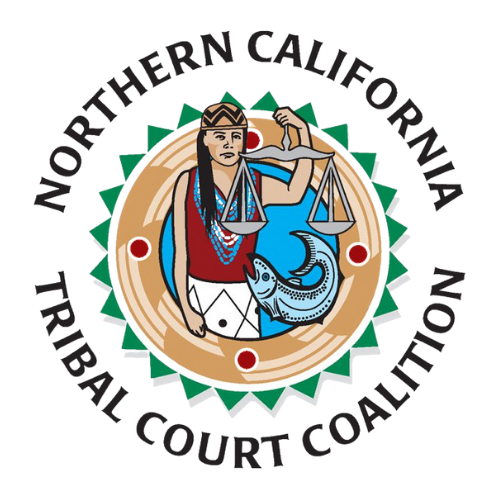Native Youth Toolkit on Human Trafficking
In 2017, the Administration for Native Americans (ANA) and the Office on Trafficking in Persons within the U.S. Department of Health and Human Services (DHHS) published the Native Youth Toolkit on Human Trafficking. The Toolkit may be downloaded from https://www.acf.hhs.gov/ana/training-technical-assistance/native-youth-toolkit-human-trafficking.
The purpose of this toolkit is to raise awareness and prevent trafficking of Native youth by educating them on what human trafficking is, available resources, safety tips, and ways to get involved in their communities. The toolkit is available as a PDF document.
The Toolkit (page 2) explains the difference between the legal definitions of Sex Trafficking and Labor Trafficking.
Sex Trafficking occurs when an adult is compelled to engage in commercial sex by force, fraud, or coercion or any time in which a minor is engaged in commercial sex. Commercial sex is when a sex act is exchanged for something of value, which does not have to be money.
Labor Trafficking involves children and adults compelled to perform labor or services by force, fraud, or coercion. Employers use physical or psychological control, such as physical abuse, demanding laborer to repay a loan, threatening to hurt family and friends, and/or taking away identification documents or money so that victims believe they have no choice but to continue working for that employer.
The Toolkit provides information about how human trafficking has occurred in tribal communities, who traffickers may be, who they target, and how they coerce their victims into trafficking.
The data shared by the Toolkit (page 6) says that anyone may become the target of sex or labor traffickers, even in tribal communities.
One hundred sixteen (116) potential cases of human trafficking reported involved American Indians and Alaska Natives. (National Human Trafficking Hotline, January 1, 2011-March 31, 2017).
Thirty-seven percent ( 37%) of sex trafficking cases involving American Indians and Alaska Natives referenced minor victims. (National Human Trafficking Hotline, January 1, 2011-March 31, 2017).
More importantly, the Toolkit (page 7) provides strategies for preventing or combatting human trafficking in tribal communities including:
1) Talk to your tribal leaders about human trafficking. Make them aware of the issue and how it impacts your community. Some tribes have recently passed their own laws; you can help yours do the same.
2) Start a school coalition to end human trafficking. Create a safe space for conversation and educate your classmates on the ways to protect each other.
3) Hang posters in your community. Make information on the National Human Trafficking Hotline and human trafficking available in your community. You can start with the poster included in this toolkit.
4) Use social media to speak out against human trafficking. Complete and post the sign “I stand against human trafficking by_______” in this toolkit. Use #endtrafficking and #lookbeneaththesurface to add your voice to the conversation.
5) Strengthen your community. Find useful ways to serve and contribute to your community. Work with kids that are younger than you, show them that they are valued, and provide them with a safe place to learn and grow.
6) Spread awareness and support survivors. You can do this through fundraising events, such as a movie screening featuring a film focused on human trafficking with a discussion afterward.
To report suspected human trafficking, find services or to learn about more options, call the National Human Trafficking Hotline is 1-888-373-7888 or visit their website at www.HumanTraffickingHotline.org. (See page 9 of the Toolkit.)
The Toolkit (pages 4 and 8) also provides links to important online resources and social media networks.
Learn more here:
- https://humantraffickinghotline.org/
- https://www.acf.hhs.gov/endtrafficking
- https://ovc.ncjrs.gov/humantrafficking/
- https://www.dhs.gov/blue-campaign
- http://nationalsafeplace.org/
- https://www.niwrc.org/
- Published in Uncategorized
